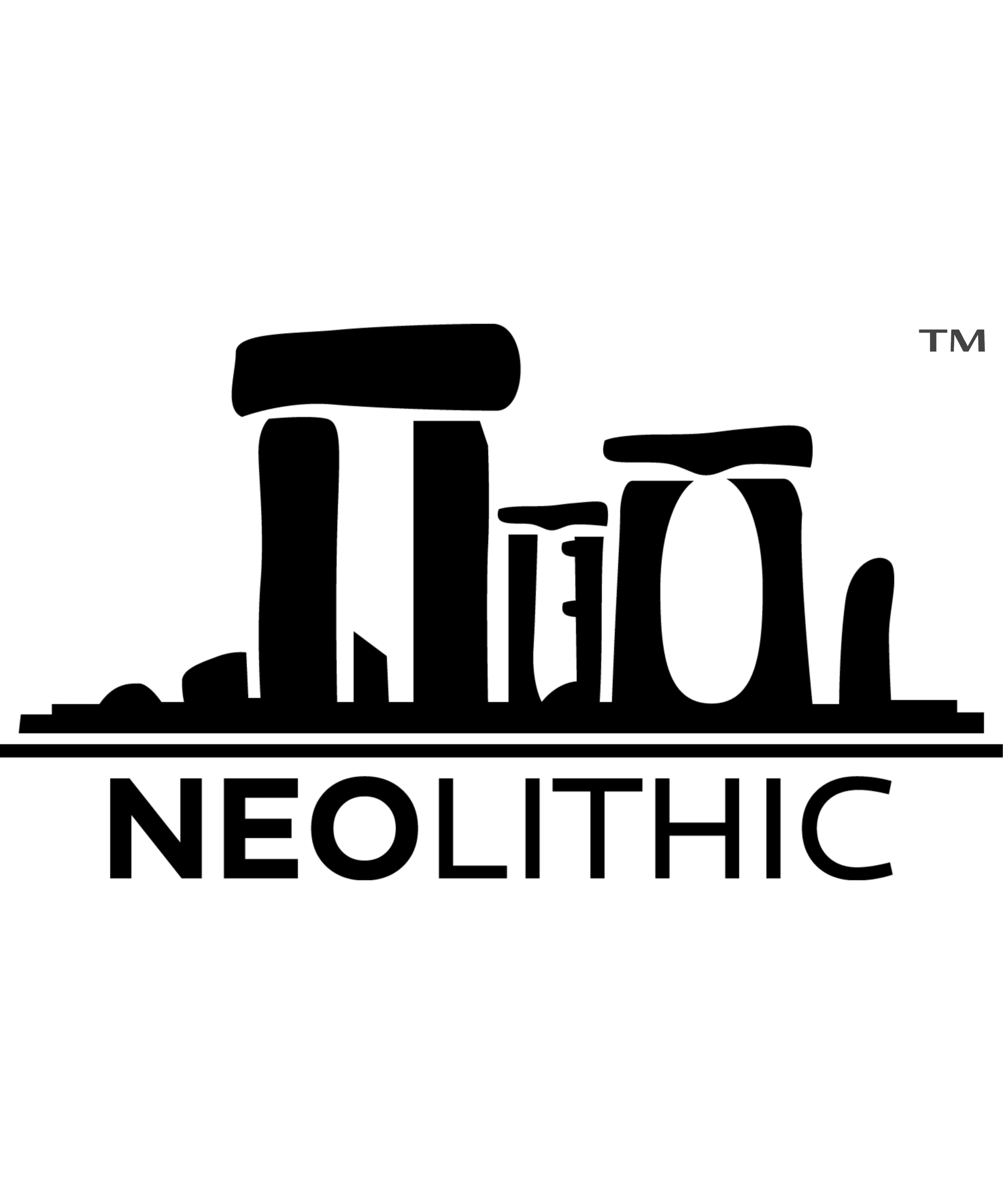Unveiling the Mysteries of the Mayan Calendar
The Mayan calendar is one of the most fascinating and intricate systems of timekeeping ever devised. Its complexity and precision have intrigued historians, archaeologists, and enthusiasts for centuries. In this blog post, we’ll explore the origins, structure, and significance of the Mayan calendar, shedding light on the enigmatic culture that created it.
The Origins of the Mayan Calendar
The Maya civilization, which thrived in Mesoamerica from around 2000 BCE to the 16th century CE, developed the Mayan calendar. This advanced system of timekeeping reflects the Maya’s deep understanding of astronomy and their ability to predict celestial events with remarkable accuracy. The calendar was not just a tool for tracking time but also played a crucial role in the Maya’s agricultural, religious, and social practices.
Structure of the Mayan Calendar
The Mayan calendar consists of three interlocking calendars:
1. The Haab’ (Solar Calendar)
The Haab’ is a 365-day solar calendar divided into 18 months of 20 days each, followed by a short month of 5 days called the Wayeb’. The Haab’ closely resembles the modern Gregorian calendar, but with its unique structure, it was used primarily for agricultural and civil purposes.
2. The Tzolk’in (Sacred Calendar)
The Tzolk’in is a 260-day calendar consisting of 20 periods of 13 days. Each day in the Tzolk’in has a unique combination of a number (1 to 13) and a day name (one of 20). This calendar was used for religious and ceremonial events, guiding the timing of rituals, festivals, and divination.
3. The Long Count
The Long Count is a linear calendar used to track longer periods. It consists of cycles called baktuns, each lasting approximately 394 years. The Long Count was instrumental in recording historical events and is famously associated with the December 21, 2012, date, which marked the end of the 13th baktun. Contrary to popular misconceptions, this date signified a cycle’s completion and a new beginning rather than an apocalyptic event.
Significance of the Mayan Calendar
The Mayan calendar was deeply intertwined with the Maya’s understanding of the cosmos and their religious beliefs. It influenced every aspect of their daily life, from agriculture to politics. The precise knowledge of celestial movements allowed the Maya to develop sophisticated agricultural techniques, ensuring their crops were planted and harvested at optimal times.
In addition, the calendar played a vital role in the Maya’s religious practices. The alignment of certain days and celestial events dictated the timing of ceremonies and rituals, believed to maintain harmony between the earthly and divine realms.
Legacy and Modern Interpretation
The Maya civilization may have declined, but their calendar endures as a testament to their ingenuity and astronomical prowess. Modern scholars continue to study the Mayan calendar, uncovering new insights into their culture and worldview.
In recent years, the Mayan calendar gained widespread attention due to the 2012 phenomenon. While the end of the 13th baktun sparked various interpretations and speculations, it ultimately served as a reminder of the Maya’s advanced knowledge and the enduring fascination with their calendar system.
Conclusion
The Mayan calendar remains one of the most remarkable achievements of ancient Mesoamerican civilizations. Its intricate design and profound significance offer a glimpse into the Maya’s sophisticated understanding of time and the cosmos. As we continue to explore and learn from this ancient timekeeping system, we gain a deeper appreciation for the remarkable culture that created it.

